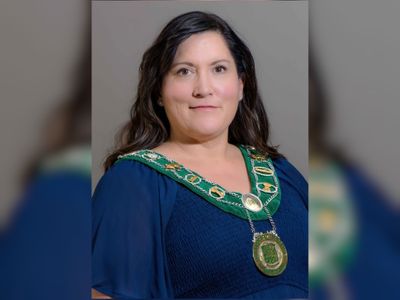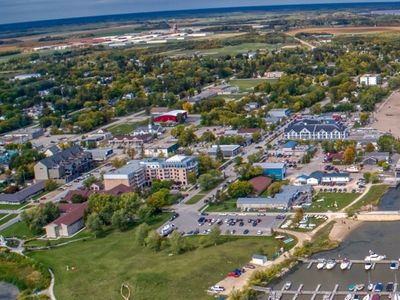Local News
Portage residents raise questions about cannabis odour in public
With cannabis use now a familiar part of public life, the smell that comes with it is stirring debate in Portage la Prairie and across Manitoba. While national and provincial surveys point to mixed feelings about cannabis itself, many residents remain concerned about the strong odour lingering in public spaces, particularly when compared to scent-free policies already in place at hospitals and other institutions. National and provincial perspectives Surveys show a sizable share of Canadians dislike the smell of cannabis in public. One poll found 57 per cent of Canadians surveyed said they either disliked or hated the odour when encountered in public settings (Vice, 2022). Research in the United States and Canada has also found most people notice the smell quickly, with many describing it as unpleasant (PMC, 2022). In Manitoba, the Manitoba Cannabis Survey II reported that 28 per cent of cannabis users said they had consumed in public in the past year (Liquor, Gaming and Cannabis Authority of Manitoba, 2023). Although that survey focused on behaviour, it suggests many residents are still encountering cannabis in shared spaces. Local concerns in Portage While no Portage-specific survey has been published, residents in the city have been voicing frustrations similar to those expressed elsewhere in the province. Some compare the situation to scent-free zones in hospitals, where perfumes, cleaning products, and other strong odours are restricted to protect those with sensitivities. The lingering smell of cannabis, they say, raises similar challenges. Southern Health–Santé Sud confirms that it applies a scent-free policy across all regional workplaces and health facilities. The region states the purpose of the policy is to discourage the use of fragranced products such as colognes, perfumes, and air fresheners, since scented products can trigger allergies and sensitivities for some individuals. While the policy applies to employees, the region notes it does not have control over the use of fragrances or residual scents from substances such as cannabis or tobacco among patients, clients, or visitors. Staff are expected to make every effort to maintain a comfortable and respectful environment for everyone within its facilities. Possible next steps Experts point out that complaints about cannabis odour are often about nuisance rather than direct health effects. Public health reviews note that while cannabis odours at ambient levels have not been shown to cause harm, they can cause annoyance, discomfort, and irritation (Public Health Ontario, 2021). Some jurisdictions have already moved to regulate public consumption more tightly. Calgary, for example, enforces bylaws that limit where cannabis can be smoked or vaped (City of Calgary, 2024). Manitoba municipalities may explore similar approaches if complaints continue. Proposals for Portage la Prairie include designing a local survey to better understand resident opinions. Suggested questions would measure how often people encounter the smell, whether they find it bothersome, and if they would support limits similar to scent-free rules already applied in hospitals. Balancing freedom and comfort Advocates of cannabis use often argue that legalization includes the right to consume in public, while critics see the smell as an intrusion. The challenge, as many experts note, will be balancing legal freedoms with public comfort. As Portage residents continue to discuss the issue, the city may soon face the same question larger centres are already debating: whether to keep cannabis odour as a matter of personal choice or to regulate it like other scents that affect shared public spaces. POLL: Have you ever noticed the smell of cannabis in public spaces (streets, parks, sidewalks) in Portage la Prairie?How would you describe your reaction to that smell:In spaces like hospitals or clinics, should smell of cannabis be restricted similarly to scent-free zones?Would you support rules or bylaws limiting cannabis odour in public areas?







